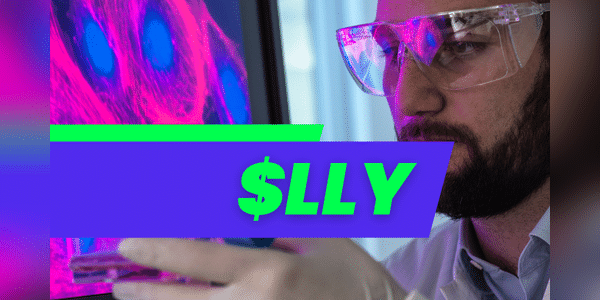Eli Lilly seems perfect in every way. But that's a warning light for investors - she's likely to be highly valued. And it's no different for the biomedical giant.

Basic overview
Eli Lilly $LLY is an American pharmaceutical company based in Indianapolis, founded in 1876. It is one of the largest pharmaceutical companies in the world, and its stock is included in the Dow Jones Industrial Average. Eli Lilly is primarily focused on the areas of pharmaceuticals, biologics and vaccines. Its key products include insulin for diabetes (Humalog, Humulin), cancer drugs (Alimta, Cyramza, Verzenio), biologics (Trulicity, Taltz, Basaglar) and antidepressants (Cymbalta, Strattera).
Eli Lilly's key competitive advantage is its strong position in innovative biomedical research. It spends over USD 5.5 billion a year on research and development. It has a strong pipeline of new drugs, e.g. for cancer, Alzheimer's disease, diabetes and migraines. Up to 30 products in development have the potential to become…